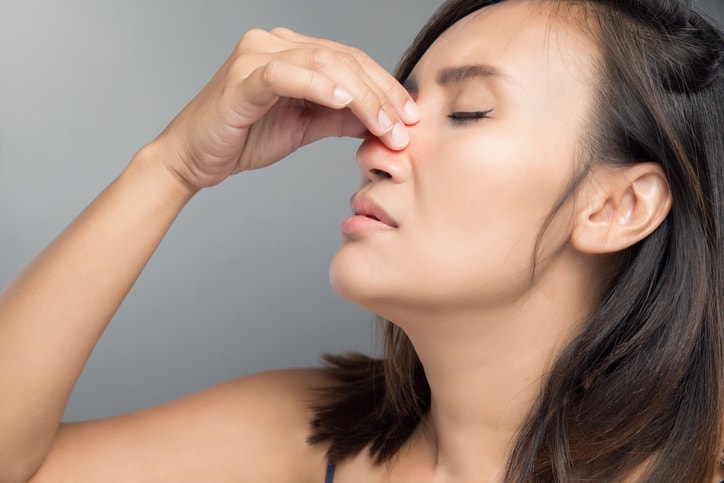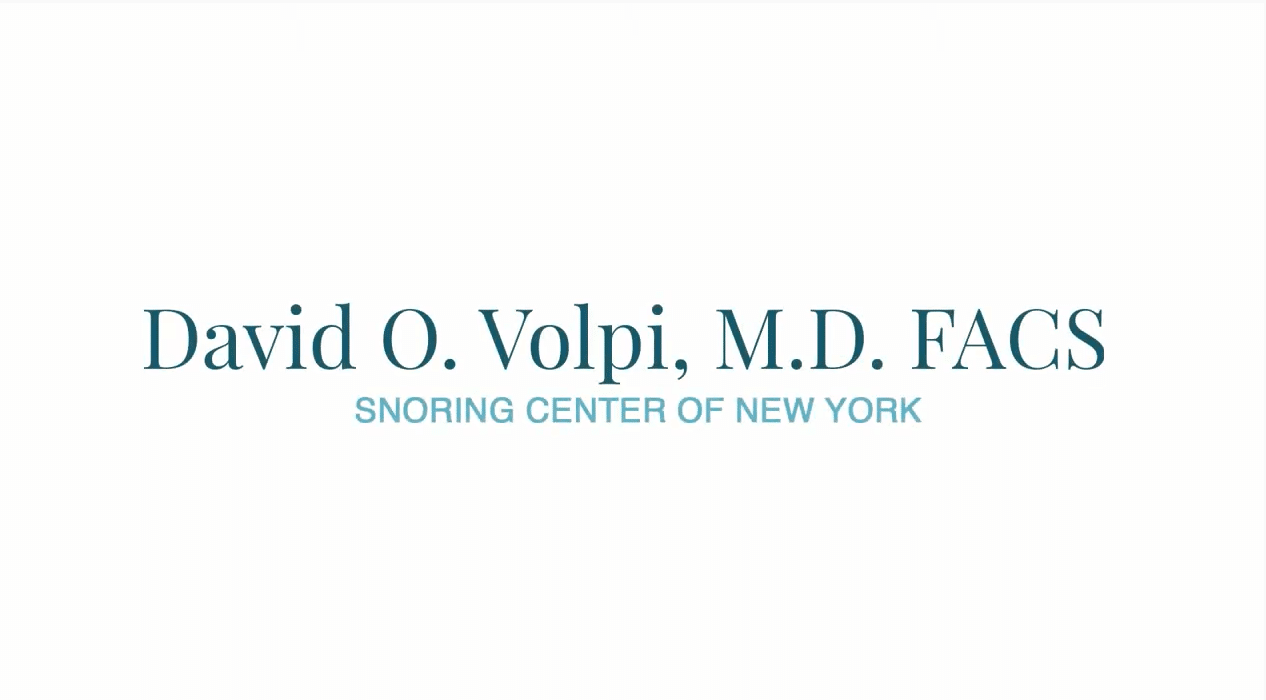
If you have trouble breathing through your nose or feel pressure in your nose or face, you may have a condition called turbinate dysfunction.
What Is Turbinate Dysfunction?
We have something called nasal turbinates in our noses. Turbinates, also called the nasal conchae, are long, narrow shelves on the side of the nose that warm and moisten the air that flows into and through the nose. If the turbinates are too large, they can block nasal airflow and cause symptoms. The condition of overly large turbinates is called turbinate hypertrophy.
What Causes Turbinate Dysfunction?
Turbinate dysfunction is a common condition because almost everyone experiences it to some degree at some point in their lives. Long-term turbinate dysfunction occurs in about 50% of the population.
Turbinate dysfunction can be either acute (severe but brief) or chronic (always present or recurring). The most common causes of this condition include:
- Chronic sinus inflammation
- Irritants in the surrounding environment
- Seasonal allergies
- Rhinitis caused by nasal condensation when you’re in a cold environment
Medications that can stimulate the nervous system (female hormone replacement therapy and oral contraceptives are two common examples)
Each of these factors can cause the bone or the soft tissue of the turbinates to swell. Also, many people who have turbinate dysfunction have a family history of allergic rhinitis.
What Are the Symptoms of Turbinate Dysfunction?
Enlarged nasal turbinates make it harder for you to breathe through your nose. You may also experience:
- Changes in your sense of smell
- Dry mouth when you wake up because you’ve slept with your mouth open because your nose is blocked
- Snoring
- Tiredness/fatigue
- Forehead pressure or headaches
- Mild facial pain and/or pain around the nose
- Persistent nasal congestion
- Post-nasal drip
- Runny nose
- Addiction to over-the-counter (OTC) nasal sprays
How Is Turbinate Dysfunction Treated?
The first step in treating turbinate hypertrophy is to see a doctor to identify if your symptoms are due to allergies or other causes. An ENT (ear, nose and throat) doctor can take a comprehensive history and perform allergy testing if it’s indicated. If it’s found that you have allergies, your doctor will recommend reducing allergy triggers in your home.
In addition to reducing your exposure to allergens in the home, there are medications and at-home treatments that can help turbinate hypertrophy.
- OTC or prescription medications to reduce seasonal allergies
- Oral decongestants to alleviate congestion
- Nasal decongestants to relieve nasal swelling. Caution: Don’t use nasal sprays on a regular basis because they can cause bleeding, become ineffective with long-term use, and can become addictive.
- Surgery, if you don’t respond well to medical therapy and keep suffering from turbinate hypertrophy symptoms.
Your ENT doctor may recommend a minimally invasive surgical procedure called a turbinate reduction that can be performed at New York ENT in the office. The procedure reduces the size of nasal turbinates, which decreases turbinate dysfunction effects. Many people who undergo this type of surgery see significant improvement quickly.
If you are suffering from turbinate dysfunction, the first step towards breathing and feeling better is to schedule an evaluation with an experienced ear, nose and throat doctor. Board certified physicians with New York ENT have extensive experience diagnosing and treating a wide variety of nasal conditions, including turbinate hypertrophy. Fill out the form on this page to schedule an appointment with us today.



